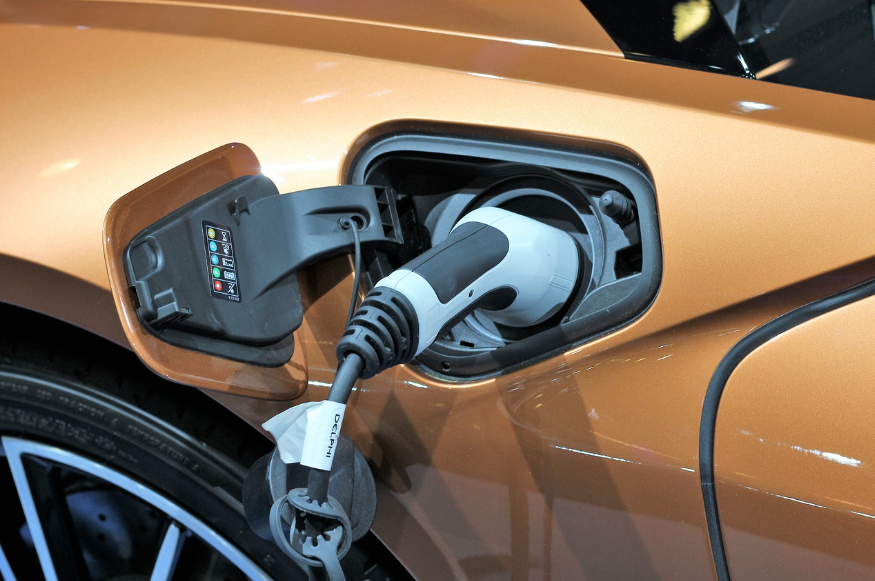Introduction
In the ever-evolving world of technology, new energy battery technology stands at the forefront of innovation. As we delve into this fascinating topic, we uncover the strides made in this field, exploring how these advancements are reshaping our approach to energy storage and usage.

The Evolution of New Energy Battery Technology
New energy battery technology has undergone significant transformations over the years. From the early days of lead-acid batteries to the latest developments in lithium-ion and solid-state batteries, each leap forward has brought us closer to more efficient, sustainable, and powerful energy solutions.
Lithium-Ion Batteries: The Current Standard
Currently, lithium-ion batteries dominate the market. Their high energy density, long life cycle, and decreasing cost make them the go-to choice for everything from mobile devices to electric vehicles (EVs). However, they are not without their challenges, such as safety concerns and limited raw material availability.
Solid-State Batteries: The Future?
Solid-state batteries are seen as the next big thing in battery technology. With higher energy density, faster charging times, and improved safety, they could revolutionize the industry. Companies and research institutions worldwide are investing heavily in this technology, racing to be the first to bring it to market.
Impact on Electric Vehicles
The advancements in battery technology have a direct impact on the EV industry. Improved battery life and efficiency are making EVs more appealing to consumers, leading to a surge in their popularity. This shift is crucial in our journey towards a more sustainable future.
Renewable Energy Storage
Another critical application of new energy batteries is in renewable energy storage. With the increasing adoption of solar and wind energy, efficient storage solutions are essential to manage the intermittent nature of these energy sources.
Challenges and Opportunities
Despite the progress, challenges remain. Issues like battery recycling, raw material sourcing, and environmental impact need addressing. However, these challenges also present opportunities for innovation and growth in the sector.
Conclusion
As we look at the current state of new energy battery technology, it's clear that we are on the cusp of a new era. The advancements in this field are not just technical triumphs; they are stepping stones towards a more sustainable and efficient future. As enthusiasts and consumers, we have much to look forward to as this technology continues to evolve.
Professional Advice
For electronics enthusiasts, staying abreast of these developments is crucial. Whether it's for personal knowledge or practical application, understanding the nuances of new energy battery technology can be immensely beneficial.
